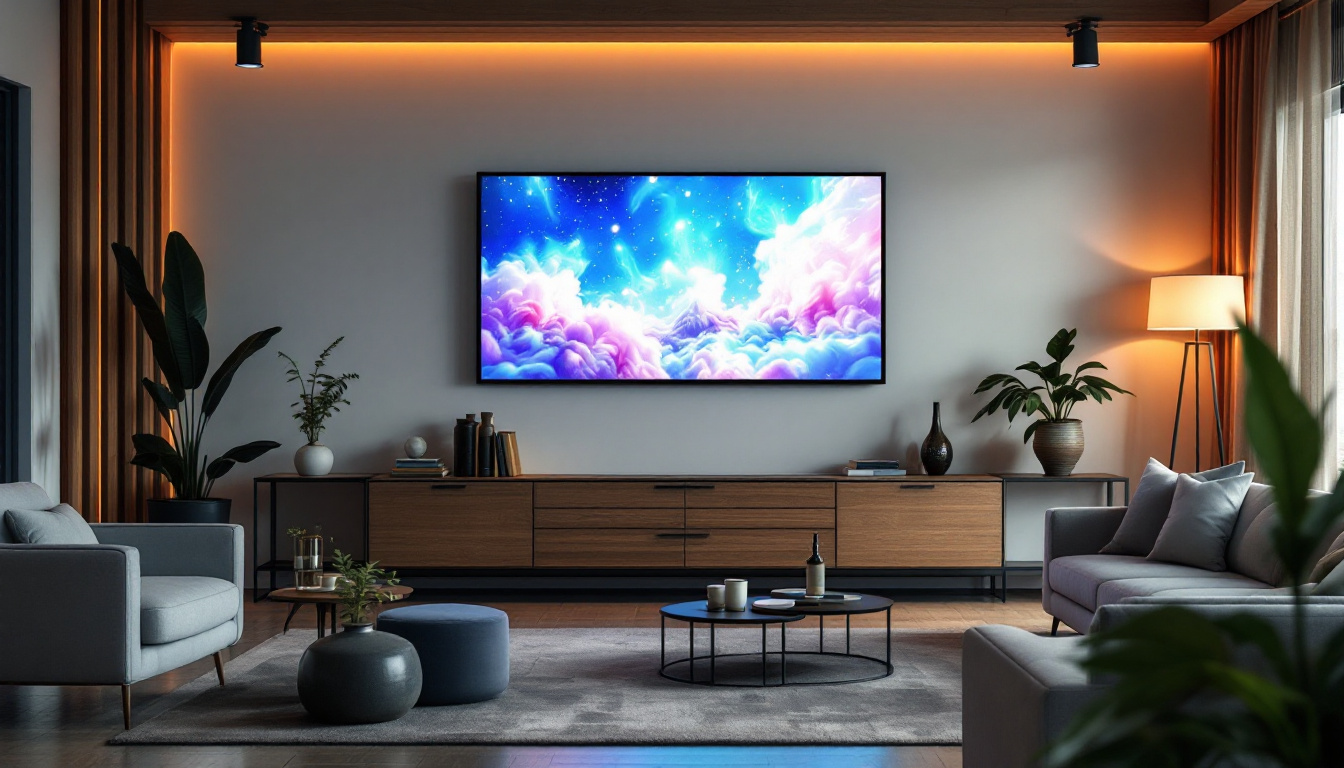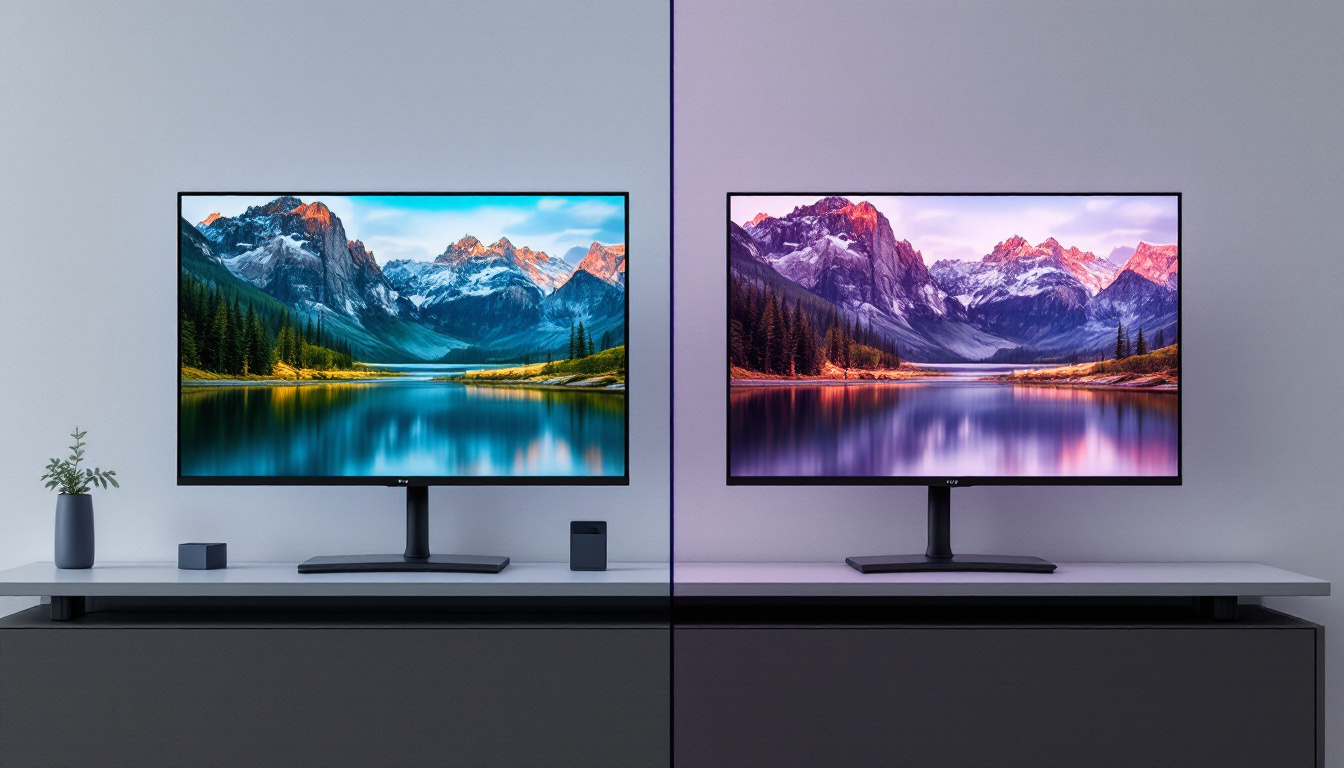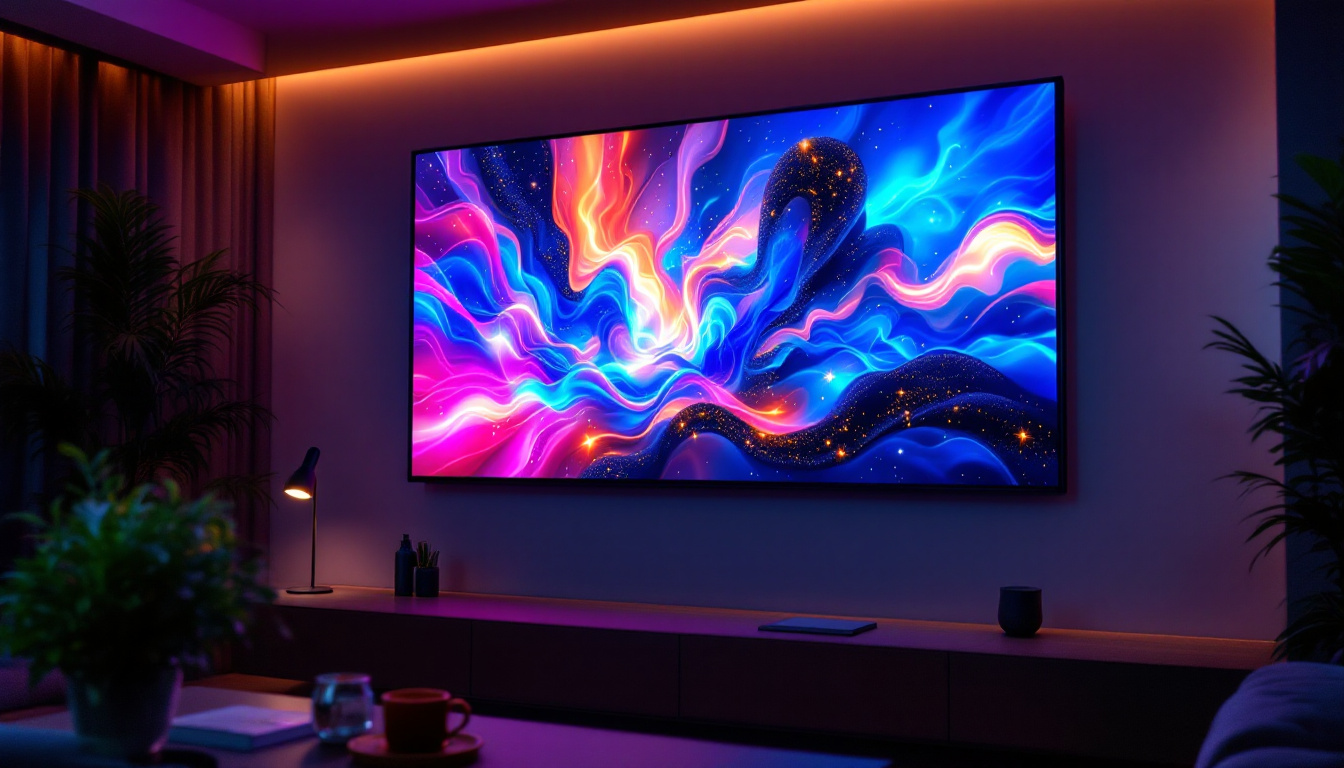In the world of modern television and display technology, terms like “plasma screen” and “LED display” are often used interchangeably, yet they refer to fundamentally different technologies. Understanding how these screens work is essential not only for consumers looking to make informed purchasing decisions but also for technology enthusiasts and professionals in the display industry. This article delves into the science behind plasma screens and LED displays, explaining their operating principles, advantages, disadvantages, and how they compare in today’s market.
Introduction to Display Technologies
Display technology has evolved rapidly over the past few decades. From bulky cathode ray tube (CRT) televisions to sleek flat panels, the journey has been marked by continuous innovation. Plasma and LED displays represent two pivotal stages in this evolution, each with unique characteristics and applications.
Plasma screens were once the go-to choice for large, high-definition TVs, especially in the early 2000s. Meanwhile, LED displays, a type of LCD (liquid crystal display) backlit by light-emitting diodes, have become dominant in recent years. To appreciate their differences, it’s important to understand the underlying technologies.
Plasma technology operates by illuminating gas-filled cells, which emit light when electrically charged. This results in vibrant colors and deep blacks, making plasma displays particularly favored for watching movies and playing video games in dark environments. However, they are heavier and consume more power than their LED counterparts, leading to their decline in popularity as energy efficiency became a priority for consumers and manufacturers alike.
On the other hand, LED displays have revolutionized the market with their slim profiles and energy efficiency. They utilize a matrix of tiny diodes to create images, allowing for thinner screens that can be easily mounted on walls. The introduction of OLED (organic light-emitting diode) technology further enhanced LED displays by allowing each pixel to emit its own light, resulting in even better contrast ratios and color accuracy. This advancement has opened up new possibilities for applications in everything from smartphones to large-scale digital signage, making LED technology a versatile choice for various display needs.
How Does a Plasma Screen Work?
The Basics of Plasma Technology
A plasma screen is a type of flat-panel display that uses small cells containing electrically charged ionized gases—plasma—to produce images. Each pixel on a plasma screen is made up of three sub-pixels coated with phosphors: red, green, and blue. When these phosphors are excited by ultraviolet light emitted from the plasma, they glow, creating the colors that form the image.
At the core of plasma technology is the principle of gas discharge. The cells within the screen are filled with a mixture of noble gases, typically neon and xenon. When an electric current passes through these gases, they become ionized and emit ultraviolet photons. These photons then stimulate the phosphor coating, which emits visible light. This process is not only fascinating but also showcases the intricate balance between chemistry and physics that enables modern display technology to thrive.
Interestingly, the development of plasma technology dates back to the 1960s, but it wasn’t until the 1990s that it became commercially viable for consumer television. This evolution was marked by significant advancements in manufacturing techniques and materials, allowing for larger screens and better resolution. As a result, plasma displays quickly gained popularity for their ability to deliver stunning visual experiences, particularly in home theater setups.
Detailed Operation of Plasma Displays
Each pixel in a plasma display consists of three tiny cells, one for each primary color. These cells are arranged in a grid between two glass panels. When a voltage is applied across the electrodes in the panel, the gas in the corresponding cell ionizes and emits UV light. The UV light excites the phosphors, causing them to emit the visible light that forms the image.
The intensity of the light emitted by each cell can be controlled by adjusting the voltage, allowing the screen to display a wide range of colors and shades. The rapid switching of these cells on and off creates the moving images seen on the screen. This precision in control not only enhances the overall image quality but also allows for the reproduction of subtle gradients and textures that are crucial in high-definition content, making plasma displays particularly appealing to filmmakers and content creators.
Advantages of Plasma Screens
Plasma displays are known for their excellent color accuracy, deep blacks, and wide viewing angles. Because each pixel emits its own light, plasma screens can achieve true black by simply turning off the pixel, unlike LCDs that rely on backlighting. This characteristic results in superior contrast ratios, which enhances picture quality, especially in dark scenes. The immersive experience offered by plasma screens is often cited as a key reason for their popularity among enthusiasts who prioritize visual fidelity.
Additionally, plasma screens generally have faster response times compared to LCDs, reducing motion blur in fast-moving images—an advantage for sports and gaming applications. This responsiveness is crucial for gamers who require sharp visuals and quick reactions, as it allows for a more engaging and fluid gaming experience. Furthermore, the rich color reproduction of plasma displays makes them ideal for watching movies and playing video games, where vibrant visuals can significantly enhance the enjoyment of the content.
Limitations and Decline of Plasma Technology
Despite their impressive picture quality, plasma screens have several drawbacks. They tend to consume more power than LED displays, generate more heat, and are heavier due to the glass panels. Moreover, plasma screens are susceptible to screen burn-in, where static images left on the screen for extended periods can cause permanent discoloration. This phenomenon can be particularly concerning for users who frequently display logos or user interfaces that remain static for long durations, such as news channels or video game HUDs.
These limitations, combined with advancements in LED technology, have led to the gradual phase-out of plasma TVs in the consumer market since around 2014. Manufacturers have shifted focus to LED and OLED technologies, which offer improved energy efficiency and design flexibility. The rise of OLED, in particular, has captured the attention of consumers due to its ability to produce even deeper blacks and a wider color gamut, further pushing plasma technology to the sidelines. As a result, while plasma screens may no longer dominate the market, their legacy continues to influence the development of next-generation display technologies.
Understanding LED Displays
What Is an LED Display?
LED displays are a type of LCD screen that use light-emitting diodes as a backlight source. Unlike plasma screens, LED displays do not produce light directly from each pixel. Instead, they rely on a liquid crystal layer to modulate light passing through it, with LEDs providing the illumination behind or around the screen.
There are two main types of LED backlighting: edge-lit and full-array. Edge-lit LED TVs place LEDs along the edges of the screen, using light guides to distribute illumination, while full-array LED TVs have LEDs spread evenly behind the screen, allowing for more precise control of brightness and contrast.
How LED Displays Work
The core of an LED display is the liquid crystal layer sandwiched between two polarizing filters. When an electric current is applied to the liquid crystals, they twist and align to either block or allow light to pass through. This modulation creates the image by controlling the intensity of red, green, and blue sub-pixels.
The LEDs provide the necessary backlight, illuminating the liquid crystal layer. In full-array LED displays, the backlight can be dimmed or brightened in specific zones—a technology known as local dimming—enhancing contrast and black levels.
Advantages of LED Displays
LED displays are highly energy-efficient, lighter, and thinner than plasma screens. They produce less heat and are less prone to screen burn-in, making them more durable for long-term use. The ability to implement local dimming improves contrast ratios, narrowing the gap with plasma screens in terms of picture quality.
Moreover, LED technology supports higher brightness levels, making these displays ideal for well-lit environments. Their versatility has led to widespread adoption in everything from smartphones and laptops to large television screens.
Emergence of OLED and Mini-LED Technologies
While LED displays have dominated the market, newer technologies like OLED (organic LED) and Mini-LED have emerged, combining the benefits of plasma and LED systems. OLED screens, for example, emit light from each pixel individually, similar to plasma, allowing for perfect blacks and excellent contrast without the bulk or power consumption of plasma.
Mini-LED technology enhances traditional LED backlighting by using thousands of tiny LEDs, enabling even more precise local dimming and improved picture quality. These advancements continue to push the boundaries of LED display performance.
Comparing Plasma and LED Displays
Picture Quality and Color Performance
Plasma screens excel in delivering deep blacks and rich colors due to their self-emissive nature. Their wide viewing angles ensure consistent image quality from almost any position in the room. LED displays, especially those with full-array local dimming, have significantly improved in these areas but may still exhibit some light bleed and reduced black depth compared to plasma.
Energy Consumption and Environmental Impact
LED displays are generally more energy-efficient than plasma screens. According to a 2020 report by the U.S. Department of Energy, LED TVs consume approximately 30-50% less power than plasma TVs of comparable size. This efficiency translates to lower electricity bills and a smaller environmental footprint.
Durability and Usage Considerations
Plasma screens are vulnerable to burn-in, which can be a concern for users who display static images or use their TVs for gaming with persistent HUDs (heads-up displays). LED displays do not suffer from this issue, making them more suitable for varied content consumption.
Additionally, LED TVs are lighter and more compact, facilitating easier installation and mounting options. Plasma screens’ heavier glass construction limits their portability and design flexibility.
Cost and Market Availability
Due to manufacturing costs and declining demand, plasma TVs have largely disappeared from the consumer market. LED TVs are widely available across all price ranges, from budget models to premium 8K displays. This availability and competitive pricing make LED the practical choice for most consumers today.
Conclusion: Choosing the Right Display Technology
Understanding how plasma and LED displays work provides valuable insight into their strengths and weaknesses. While plasma technology offered superior picture quality in its heyday, its drawbacks and the rise of LED technology have shifted the market landscape.
For consumers seeking energy efficiency, durability, and a wide selection of models, LED displays are the clear winner. However, the principles behind plasma screens continue to influence emerging technologies like OLED, which strive to combine the best aspects of both worlds.
As display technology continues to evolve, staying informed about these differences helps consumers make choices that align with their viewing preferences, budget, and lifestyle.
Discover Cutting-Edge LED Displays with LumenMatrix
As you consider upgrading your visual experience, let LumenMatrix guide you to the forefront of display technology. Our commitment to innovation ensures that each LED display module—from Indoor and Outdoor LED Wall Displays to specialized solutions like Vehicle and Sports LED Displays—embodies excellence and versatility. Whether you’re looking to enhance brand visibility or create immersive environments, LumenMatrix’s range of products, including Floor LED Displays, Custom LED Displays, and All-in-One LED solutions, are designed to meet your needs. Experience the future of visual communication and check out LumenMatrix LED Display Solutions today to see how we can help you make a lasting impression.































